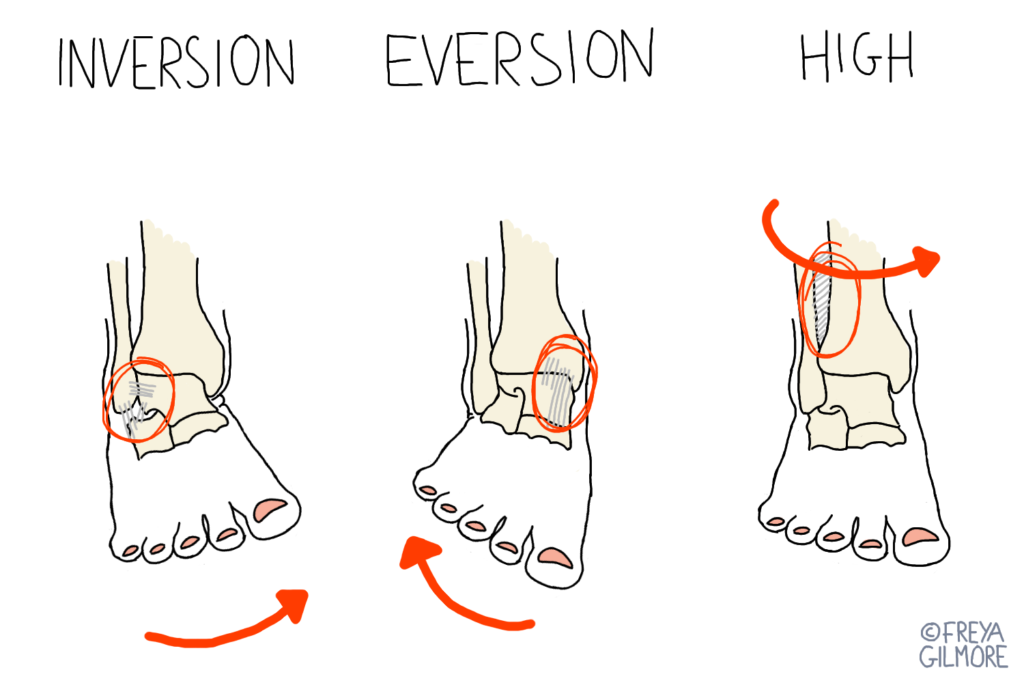Sports injuries are common causes of muscle strains and ligament sprains. Fortunately, minor injuries are within your osteopath’s remit. Many of these boil down to a repetitive strain injury- soft tissue injuries in the shoulder as a result of repeated throwing, for example. Rotator cuff tears or strains would be an example of this. Other times, an injury has a more acute onset, such as an Achilles tendon rupture while lunging for the ball in squash.

Shoulder and Elbow Injuries
Beverley has a special interest in shoulder and elbow pain. Tennis elbow is the obvious sports injury of the arm, but is not solely caused by tennis. It’s an overstrain injury of the muscles that bend your wrist back. Racket sports are the typical culprits but other sports and day to day activities can lead to it as well. When the muscles that flex your wrist forward are irritated in the same way, it’s known as Golfer’s elbow. Again, golf is not the only factor. Anything that requires wrist flexion could strain the muscles in theory.
Hip and Knee Injuries
Running and dancing are associated with leg injuries. The impact of running can cause knee problems, and sports that ask for a sudden change in direction can injure the cartilage within (meniscus). Dancing can push the hip joint to its mechanical limit, tearing the cartilage that surrounds the joint. This, creatively, is called “dancer’s hip”. A number of hip injuries can present in very similar ways, so your osteopath will listen to your history and examine hip movement thoroughly to determine your diagnosis.
Managing Sports Injuries
Based on the history you give, and results of examination, Beverley can come to a diagnosis for your symptoms. Depending on the tissues involved, treatment will likely involve some of the following:
- massage and stretching muscles
- mobilising and manipulating joints
- exercises to rebuild muscle
- exercises to strengthen and reconnect with tendons and ligaments
- advice for symptomatic relief (like ice and heat)
- advice for altering your technique to ease the load on the injury and prevent reoccurrence
If your sport is more niche, it may help for you to bring a video of your technique to your appointment. This might help to explain the stresses put on the body by your activity. We don’t need to be experts in your sport to help, we just need to be able to apply the physics to your case. For all sports that require shoes, bringing them along can help to show how you bear weight across each foot. And for sports that involve a racket or stick, bringing that too can help us spot issues like a grip that’s too big or small for you, or identifying a position that doesn’t suit your anatomy.
Rehabilitation for more Major Sports Injuries
More significant injuries like fractures or joint dislocations are better treated by a doctor at first. Once the early phase has passed, rehabilitation becomes more important. Six weeks post injury, all the major remodelling has occurred. Muscles and bone knit back together better when they have been put under gentle pressure in that time frame- fibres form more organised patterns as dictated by the forces applied. Striking the balance between doing too much and too little is difficult on your own. We can support you through this phase. Goals to limit pain, while regaining strength and mobility, are typical for these first six weeks. Don’t expect to be completely back to normal, but if we can gain a good base to progress from, you’ll be off to a good start.
Click here to make an appointment with Beverley for your injuries
